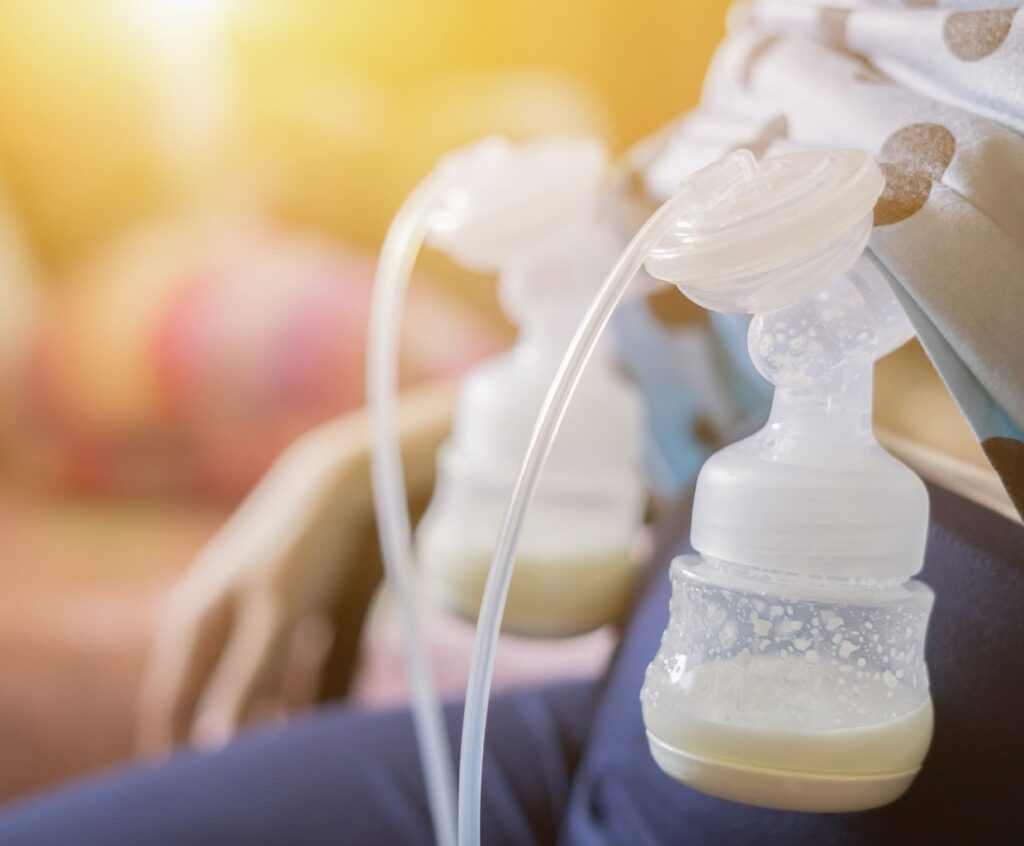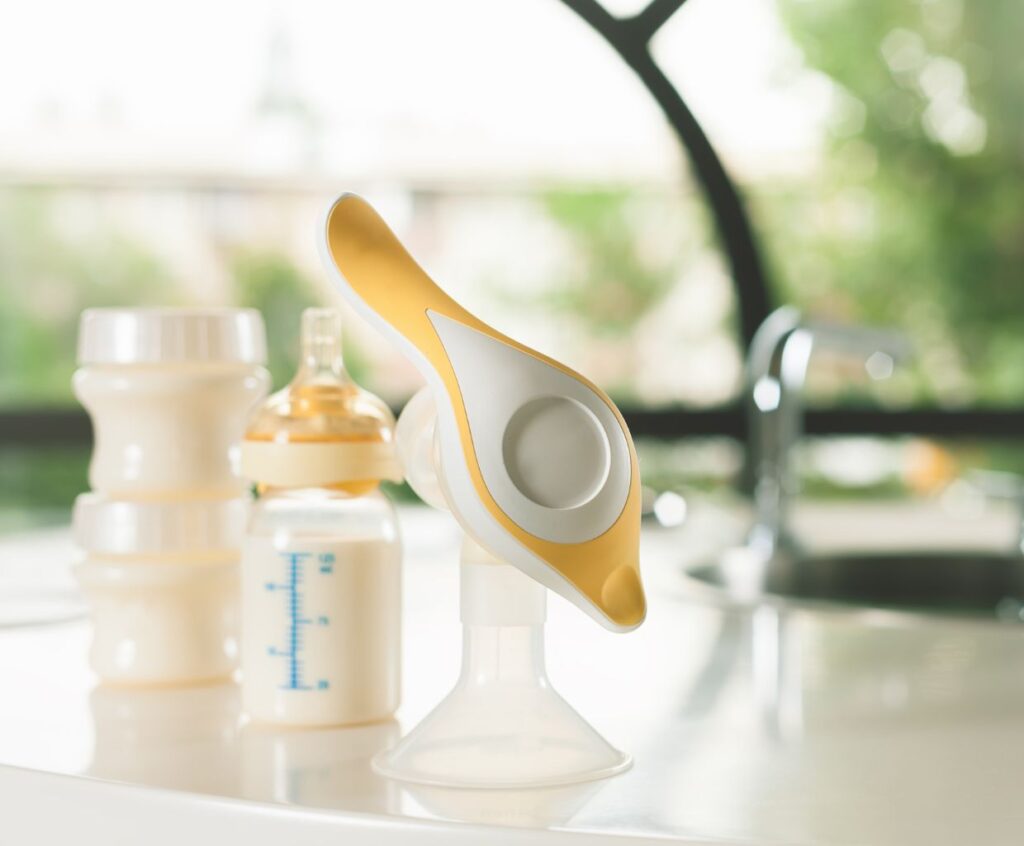How Often to Replace Breast Pump Parts?
When it comes to maintaining the effectiveness and safety of your breast pump, regularly replacing its parts is crucial. Breast pump parts endure significant wear and tear, leading to diminished performance and potential hygiene concerns.
Understanding how often to replace these parts ensures a smooth pumping experience and keeps your baby’s milk supply safe and healthy.
1. The Breast Shield
The breast shield, also known as the flange, is the part that fits over your breast during pumping. It’s essential to replace this part every three to six months, depending on usage. Over time, the breast shield may lose its suction power, decreasing milk flow. Small cracks or tears can also develop, which may harbor bacteria and compromise milk hygiene.
2. Valves and Membranes
The valves and membranes are crucial in creating suction and regulating milk flow. These parts should be replaced more frequently every one to three months. Valves can become stretched or worn out, causing decreased suction strength, while membranes can lose flexibility and effectiveness. Regular replacement of these parts ensures optimal suction and milk expression.
3. Tubing
Tubing is responsible for connecting the breast shield to the motor, allowing for the transfer of expressed milk. Although it doesn’t come into direct contact with breast milk, it can still be exposed to moisture and potential contaminants. Replace the tubing every two to four months or if you notice any discoloration, mold, or cracks. Regular replacement helps maintain proper hygiene and prevents any potential transfer of harmful substances to the milk.
4. Backflow Protectors and Diaphragms
If your breast pump has backflow protectors and diaphragms, these parts should be replaced every three to six months. These components prevent milk from backing into the tubing and motor, protecting the pump and expressed milk from contamination. Over time, diaphragms can become less flexible, and backflow protectors may lose effectiveness, so replacing them regularly is essential to maintain efficient pumping.
Remember, these replacement guidelines are general recommendations, and it’s essential to consult your specific breast pump’s manual for manufacturer instructions. Following the manufacturer’s guidelines ensures optimal performance, hygiene, and safety for you and your baby.
What are the recommended guidelines for replacing breast pump parts?
Replacing breast pump parts is essential for maintaining hygiene and ensuring optimal performance. Here are the recommended guidelines for replacing breast pump parts:
1. Check the manufacturer’s instructions: Different breast pump models may have specific recommendations for replacing parts. Always refer to the manufacturer’s guidelines for your specific breast pump.
2. Replace parts regularly: Most breast pump parts, such as valves, membranes, tubing, and flanges, must be replaced regularly to ensure proper functioning. The replacement frequency may vary depending on the brand and model, so check the instructions for the recommended replacement schedule.
3. Inspect for wear and tear: Regularly inspect the breast pump parts for any signs of wear and tear, such as cracks, discoloration, or deformation. If you notice any damage, replace the parts immediately, even if they are within the recommended replacement schedule.
4. Clean and sanitize regularly: Proper cleaning and sanitizing of breast pump parts are essential to maintain hygiene. Follow the manufacturer’s instructions for cleaning and sterilizing the parts. Some parts may be dishwasher safe, while others require handwashing or specific cleaning solutions.
5. Replace parts after illness: If you or your baby have been sick, replacing all breast pump parts that come into contact with breast milk is recommended. This helps prevent the spread of bacteria or viruses.
6. Store parts properly: After cleaning and sanitizing, store the breast pump parts in a clean and dry place. Avoid storing them in areas with excessive moisture or direct sunlight, which can lead to deterioration.
7. Keep spare parts: It’s a good idea to keep spare breast pump parts on hand, mainly if you rely heavily on pumping. This ensures that you have replacements readily available when needed.
Remember, following the manufacturer’s guidelines and maintaining proper hygiene practices are crucial for safely and effectively using breast pump parts.
Are there any cost-effective options or strategies for replacing breast pump parts regularly
Replacing breast pump parts regularly is essential for maintaining the efficiency and hygiene of the pump. Here are some cost-effective options and strategies for replacing breast pump parts:
1. Check with your insurance: Many insurance plans cover the cost of breast pumps and replacement parts. Contact your insurance provider to check if they offer coverage for replacement parts.
2. Manufacturer warranty: Most breast pump manufacturers offer warranties that cover the replacement of faulty or damaged parts. Make sure to register your pump and keep track of the warranty period.
3. Look for generic or compatible parts: Instead of buying brand-specific parts, you can consider purchasing generic or compatible parts. These are often more affordable and can work as effectively as the original parts.
4. Buy in bulk: Some online retailers or local stores offer discounts when purchasing breast pump parts. Look for deals or promotions that can help you save money in the long run.
5. Take proper care of the parts: Regularly cleaning and maintaining breast pump parts can extend their lifespan. Follow the manufacturer’s instructions for cleaning and storing, and avoid using harsh chemicals or scrubbing too vigorously.
6. Consider second-hand parts: If you’re comfortable, you can explore purchasing second-hand breast pump parts from trusted sources. Ensure the parts are in good condition and appropriately sanitized before use.
Remember, the frequency of replacing breast pump parts may vary depending on the type of pump, usage, and manufacturer guidelines. Following the recommended replacement schedule is crucial to ensure optimal performance and hygiene.


